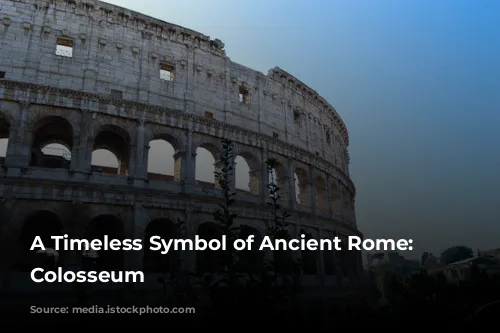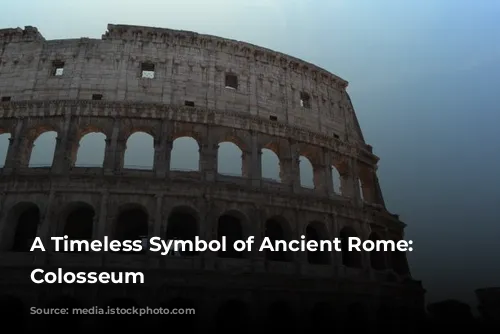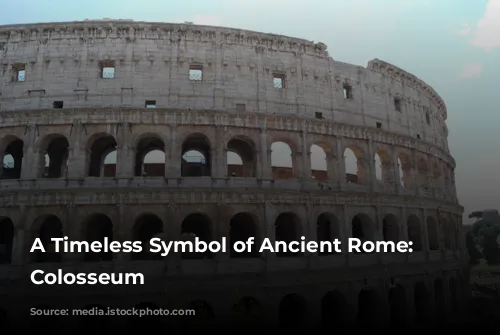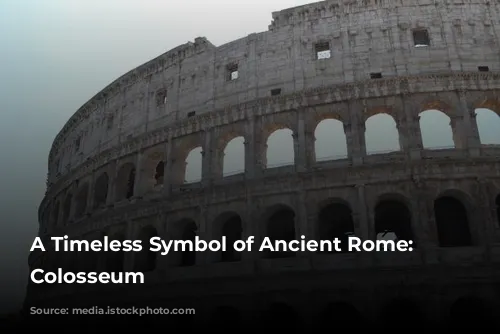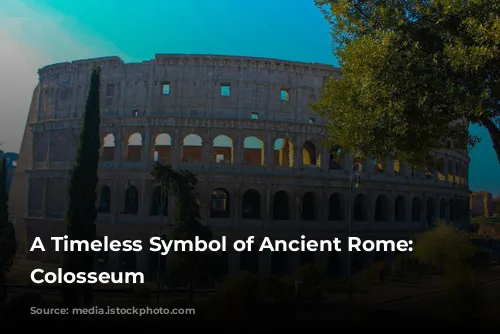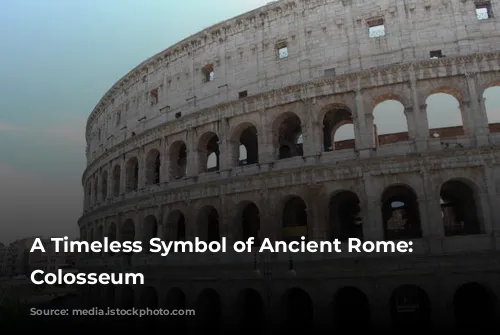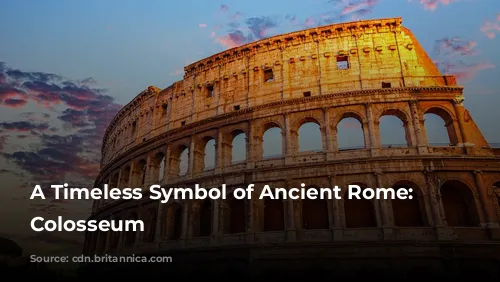The Colosseum stands tall, a testament to the incredible architectural and engineering skills of ancient Rome. It is not only a stunning monument but also a vital source of revenue for the Italian government. In 2018, the Colosseum, along with the Roman Forum and Palatine Hill, attracted millions of tourists, generating over $63.3 million (€53.8 million) in revenue, making it the most popular tourist attraction in Italy.
This section provides background information on the Colosseum and its importance in terms of tourism.
From Glory to Neglect and Restoration
Following the fall of the Western Roman Empire, the Colosseum fell into disrepair. The arena was repurposed as a fortress by powerful Roman families like the Frangipane and Annibaldi during the 12th century. In the 15th century, Pope Alexander VI allowed the Colosseum to be used as a quarry, stripping it of its valuable materials. After centuries of neglect, the Italian government launched state-funded restoration efforts in the 1990s, bringing the Colosseum back to its former glory.
This section narrates the Colosseum’s decline and subsequent restoration efforts.
A Symbol of Imperial Power and Entertainment
The Colosseum was built by the Flavian emperors as a grand spectacle to revitalize Rome after a period of political turmoil. It was intended as an entertainment venue, similar to other amphitheatres of the time, hosting gladiator fights, animal hunts, and even mock naval battles. The Colosseum was a way for the emperors to showcase their power and entertain the Roman people.
This section delves into the construction of the Colosseum and its initial purpose as an entertainment center.
From Vespasian to Domitian: Building an Empire’s Greatest Arena
Construction of the Colosseum began under the emperor Vespasian between 70 and 72 CE. The completed structure was dedicated by his son and successor, Titus, in 80 CE. The Colosseum’s fourth story was later added by Emperor Domitian in 82 CE. Notably, the arena was financed with plunder from the sack of Jerusalem in 70 CE, and built by Jewish slaves from Judaea.
This section highlights the construction of the Colosseum and its financing.
A Masterpiece of Architecture and Engineering
The Colosseum is an elliptical amphitheatre made of stone, concrete, and tuff, standing four stories tall. It measures 620 by 513 feet (189 by 156 metres) and could accommodate as many as 50,000 spectators. Its most famous use was for gladiator combat, making it a symbol of the brutality and grandeur of ancient Rome.
This section describes the physical characteristics of the Colosseum and its primary function.
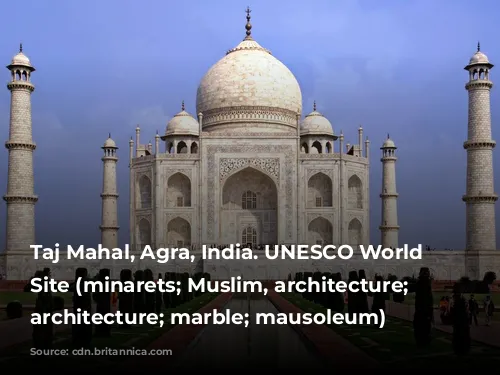
A Public Spectacle Replacing a Tyrant’s Pleasure
The Colosseum was strategically built on the site of Nero’s Golden House, replacing a private lake with a public amphitheatre. This decision was as much symbolic as it was practical. Vespasian, who rose from humble beginnings, chose to replace the tyrannical emperor’s private pleasure with a space for the enjoyment of the Roman people.
This section provides context for the Colosseum’s location and the symbolic meaning behind its construction.

A Monument of Roman Ingenuity
The Colosseum’s freestanding structure required innovative engineering, utilizing a system of barrel vaults and groin vaults. It was built with travertine for the main structure and volcanic tufa for the secondary walls, while the inner bowl and arcade vaults were made of concrete.
This section discusses the Colosseum’s unique design and construction techniques.
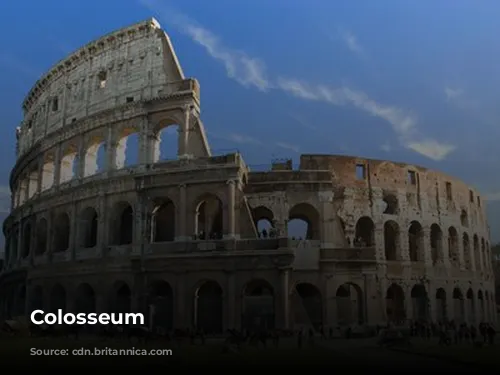
A Stage for Thrilling Spectacles
The Colosseum could seat 50,000 spectators, protected from the sun by a retractable awning known as a velarium. The Colosseum was the stage for countless events, from gladiator fights and animal hunts to elaborate mock naval battles. However, the exact role of the Colosseum in the martyrdom of early Christians remains uncertain.
This section elaborates on the Colosseum’s capacity, its awning system, and the various events held within its walls.
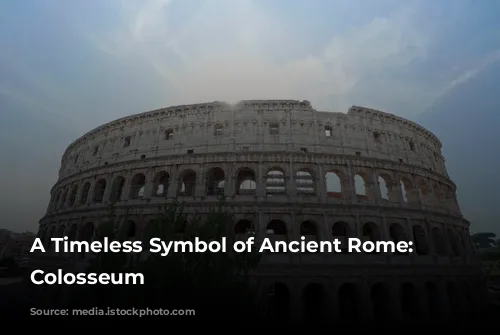
A Journey Through Time: From Arena to Monument
The Colosseum has witnessed a long and varied history. After the fall of the Roman Empire, it was repurposed as a church and a fortress. Over time, it suffered from damage due to lightning, earthquakes, and vandalism. Despite the neglect, the Colosseum eventually became a focus of preservation efforts, beginning in the 19th century. Today, it stands as one of Rome’s most popular tourist attractions, attracting millions of visitors each year.
This section summarizes the Colosseum’s journey through time, including its uses after the fall of the Roman Empire and its eventual preservation.
